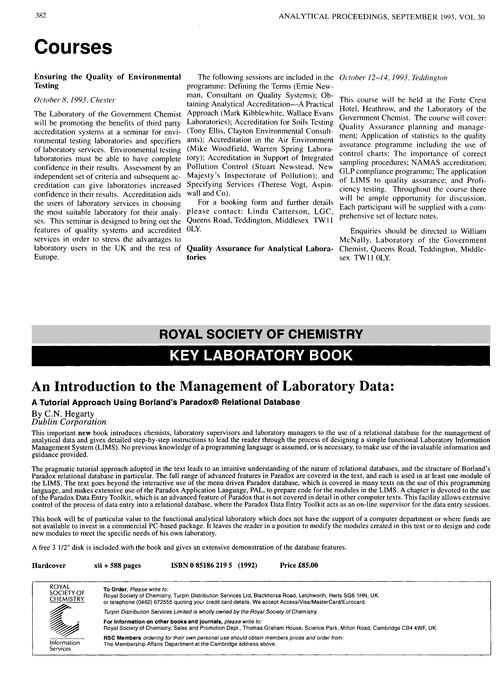The quality cartel is characterised by smug exceptionalism in denying that its dogmas require validation or ethical approval.
External Quality Assurance (EQA) schemes distribute spiked samples of known contents to participating laboratories. If labs aren’t doing their job well, their results may be at much variance to the mean determined internally by the scheme organisers and that of other participants. If quality accreditation’s assurance is worth anything it should be clear in the EQA performance of labs before and after accreditation was awarded, and between accredited and unaccredited labs. There should be no significant differences between accreditation bodies or laboratories.
Amazingly, this validation has not been asked for or provided.
It is not the responsibility of EQA scheme organisers to validate accreditation on behalf of the cartel. The organisers were taken in and assumed from the start that it worked and did not need to have its efficacy validated. Schemes usually have no records of when laboratories gained or lost accreditation. Consequently they are unable to test whether it affected analytical performance for better or worse. But if it were possible, it would be their public duty to expose the effect of accreditation may be nothing. Or worse than nothing. Maybe putting all that effort into paperwork reduces the quality of the sample testing?
There is an unpleasant whiff from public sector advocacy for the genuinely or quasi-non-governmental cartel members:
Let them do their own promotion!
You can read about the uncertainty of results in Fig 6 here:
“This is influenced by greater demand for regulatory compliance and greater awareness of the customer – the client wants to know the level of confidence of the reported result. “
Actually clients often have no understanding of error or uncertainty of measurement and are confused by the compulsory presentation of it.
“In order for results to be comparable, they must be reported with a statement of MU and they must be traceable to common primary references. Methods must be validated to show that they actually measure what they are intended to measure; that they are fit for exacting European and international standards, such as the ISO/IEC 17025 norm for laboratory accreditation.“
It is these exacting European and international standards that drive such requirements. Few customers would want or understand it. Most laboratories have difficulty digesting this. Professionals use this approach because inspectors force them to. Hardly any understand it.
And there is another side to the story of ISO uncertainty v. old-fashioned error.
Those that think about these things find much complexity in the theory of measurement. Probably few practical applications require such obsessing: most scientific progress was achieved without this recent innovation. Has accreditation been an impediment to scientific progress? Possibly not, because the leading edge laboratories seldom bother with accreditation.



